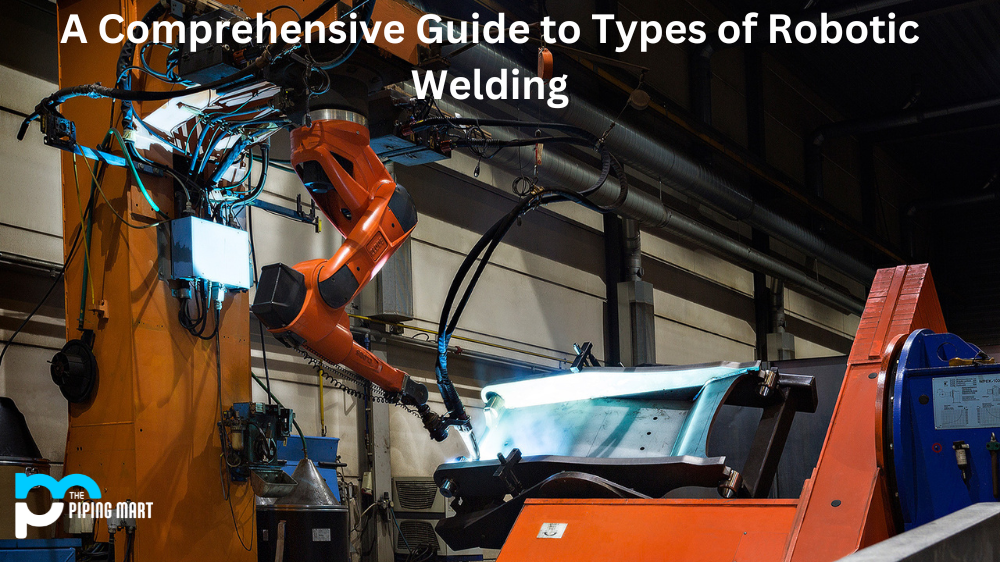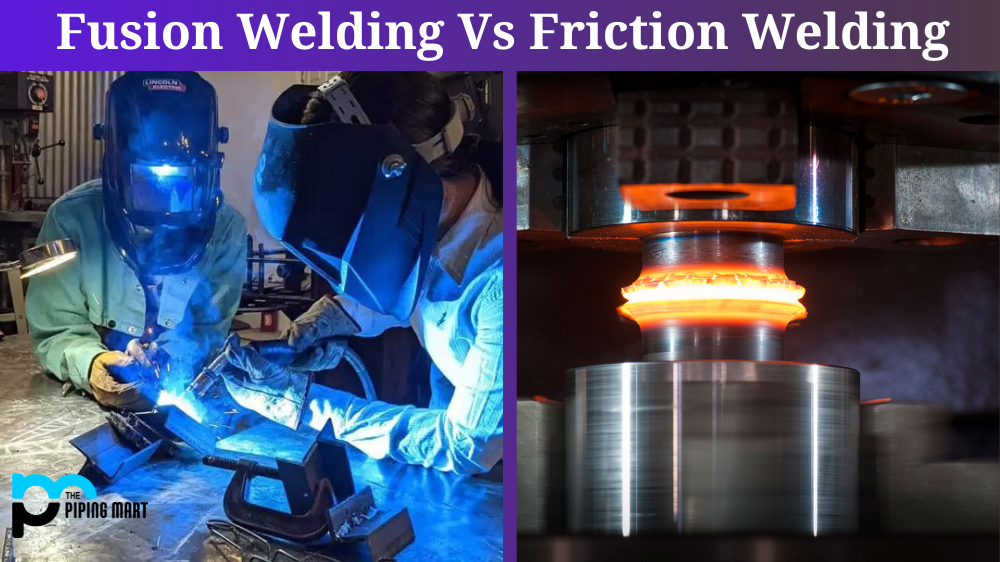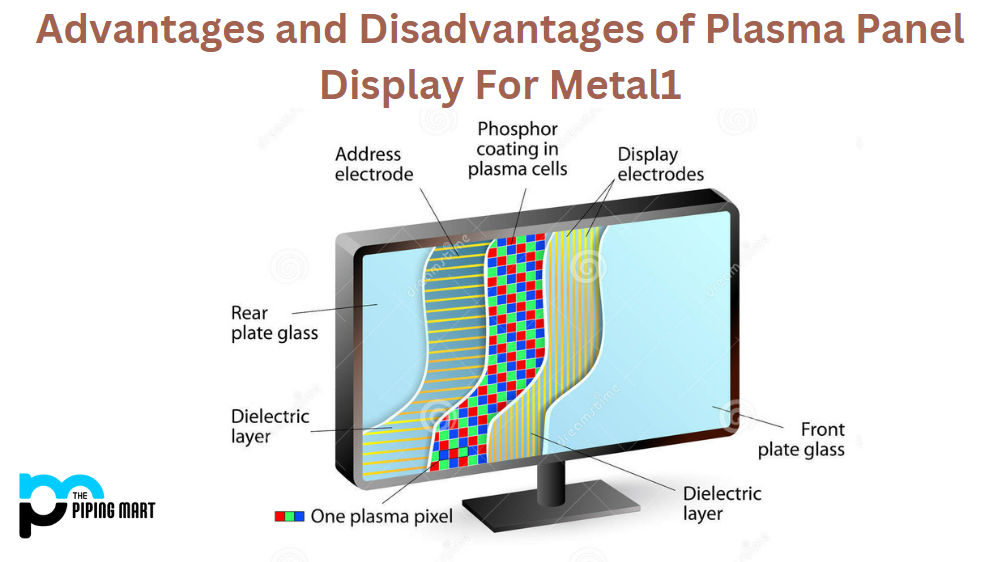Robotic Welding is a process used to automate the welding process with robotic arms. It has been around since approximately the 1950s and has become increasingly popular. This guide will provide a comprehensive overview of different robotic welding types, including their advantages and disadvantages.
Types of Robotic Welding
MIG/MAG Welding
MIG/MAG (Metal Inert Gas/Metal Active Gas) welding is one of the most commonly used robotic welding types. It involves melting two metals together by passing an electric current through them while simultaneously feeding in the wire from a spool to act as filler material. The biggest advantage of MIG/MAG welding is that it can be used on various materials, including aluminium, stainless steel, and carbon steel. Additionally, it’s relatively fast and produces high-quality welds that are strong and durable. On the downside, MIG/MAG welding is expensive due to its reliance on wires as filler material. It also requires careful monitoring to ensure quality results are achieved.
TIG (Tungsten Inert Gas) Welding
TIG (Tungsten Inert Gas) welding is another robotic welding type that uses tungsten electrodes instead of wires as filler material. It’s typically used for more delicate or intricate pieces because it’s less likely to damage or distort delicate materials than other forms of Welding. Additionally, TIG welding provides excellent control over heat input into the workpiece and can be used on nearly any metal alloy or combination thereof. However, TIG welding requires higher skill levels than other robotic welding processes and may only be suitable for some operators or applications.
Spot Welding
Spot welding is another form of robotic Welding that utilizes electricity to heat two pieces of metal together at specific points or “spots” along their surface area until they bond together securely at those points. Spot welders are often cheaper than robotic welders because they don’t require as much setup time and don’t need filler materials like wires or rods, as some other processes do. They also have shorter cycle times than many other types, which makes them ideal for high-volume production runs where speed is essential. However, spot welders tend to produce weaker bonds than other forms, so they are not always suitable for certain applications or heavier materials such as sheet metal components or thicker metals plates or extrusions that require stronger bonds between them for them to hold up under stress loading conditions when in use down the line in assemblies etc.
Shielded Metal Arc Welding robots
Shielded Metal Arc Welding Robots, known as SMAW, are revolutionizing the welding industry. Using robots in place of manual labour increases production efficiency and improves accuracy and quality control. This holds especially true for large projects where robotic technology is less prone to fatigue and human error than manpower. In addition to being more precise and faster than human welding techniques, automated SMAW methods are also safer because they eliminate dangerous working conditions from hazardous powder particles and smoke. Thanks to robotic automation, Shielded Metal Arc Welding processes are becoming much more efficient and reliable for industrial welding applications.
Collaborative welding robots
Collaborative welding robots are changing the way welding processes can be safely executed. These robots can work with humans in close proximity, allowing for smaller production areas and greater production efficiency. With specific programming, the robots can detect changes in their environment and react accordingly to help ensure the workers’ safety. The robot’s ability to communicate easily with other systems further extends its potential use cases, making collaborative welding robots a powerful tool that many manufacturers should explore. Furthermore, their flexible nature permits custom settings and tweaks to be applied depending on individual requirements within industries such as automotive and aerospace engineering.
Robot laser welding
Robot laser welding is revolutionizing the manufacturing world. By eliminating the need for skilled human welders, this technology opens the potential for increased productivity and accuracy while reducing costs. Lasers also amplify heat efficiency within devices by allowing the weld to occur precisely where needed. Furthermore, robots have tremendous repeatability and consistency that allow welds to be completed with high uniformity and precision, ensuring quality in every production cycle. Manufacturers can quickly produce even the most complex parts with robot laser welding technology.
Plasma Welding robots
Plasma Welding robots are one of the most cutting-edge technologies on the market today, allowing welders to complete complex jobs quickly and with precision. The robot comprises two major parts: a control system that allows for automated operation and welding head arms for carrying out tasks such as arc welding and plasma cutting. These robots employ numerous features to aid their welds, including sensors, digital cameras, and powerful integrated software. Not only are jobs completed quicker and with greater accuracy than traditional methods, but safety is also increased. Through rate monitoring capabilities, the robot can stop any risky or hazardous activities automatically. Plasma welding robotics is truly revolutionizing the way Welding can be done.
Conclusion:
Robotic Welding offers numerous advantages over manual methods; it’s faster, more precise and allows for greater consistency across parts while reducing fatigue associated with manual labour tasks; traditional stick and MIG/MAG welders require less operator oversight compared with stick welders, which can help reduce costs associated with training new employees on how to operate equipment properly while still producing quality workpieces consistently day after day without fail thanks to advances in software programming technology now being employed within newer models available today on the market today making them more accessible than ever before even by companies who may have smaller budgets but still need reliable precision automation solutions for their production lines moving forward into 2021 and beyond! There are several different types of robotic welders available, each offering unique benefits depending on what type of application you plan on using them for, from MIG/ MAG, which offers versatility across multiple materials, and TIG which provides great control over heat input & spot, which offer cost efficiency & faster cycle times – there’s sure to be a perfect fit no matter what your needs may be! So if you’re considering investing in automated production equipment – consider taking a closer look at some form of robotic welder solution available today!

A passionate metal industry expert and blogger. With over 5 years of experience in the field, Palak brings a wealth of knowledge and insight to her writing. Whether discussing the latest trends in the metal industry or sharing tips, she is dedicated to helping others succeed in the metal industry.




